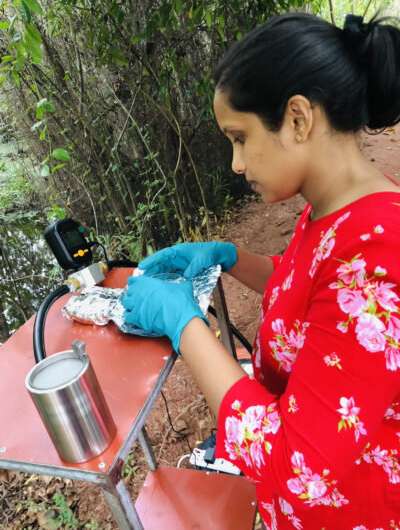
Published in Science of The Total Environment, the researchers collected and filtered samples of air from seven indoor environments on the Gold Coast where people spend most of their time, including a childcare center, an office, a school, two homes, a restaurant and a car.
“While all these indoor environments contained airborne microplastic pollution, our results showed that the childcare center was the worst,” said lead author Kushani Perera, a Ph.D. candidate from the Australian Rivers Institute.
In this study, microplastic fibers and fragments ranging from 0.020mm to 5mm in size were sampled across different indoor and outdoor sites of Southeast Queensland.
“Microplastics were detected in all samples, including outdoor air,” Perera said. Plastic pollution in indoor samples was much higher than outdoors, and our sample from the childcare center had microplastic concentrations 11 times greater than the sample taken outdoors (2.2 particles per cubic meter compared to 0.2 particles per cubic meter).”
“The largest sources of microplastic pollution are soft textiles, like rugs, carpets, curtains and clothes, which can shed tiny plastic particles that can easily become airborne.”